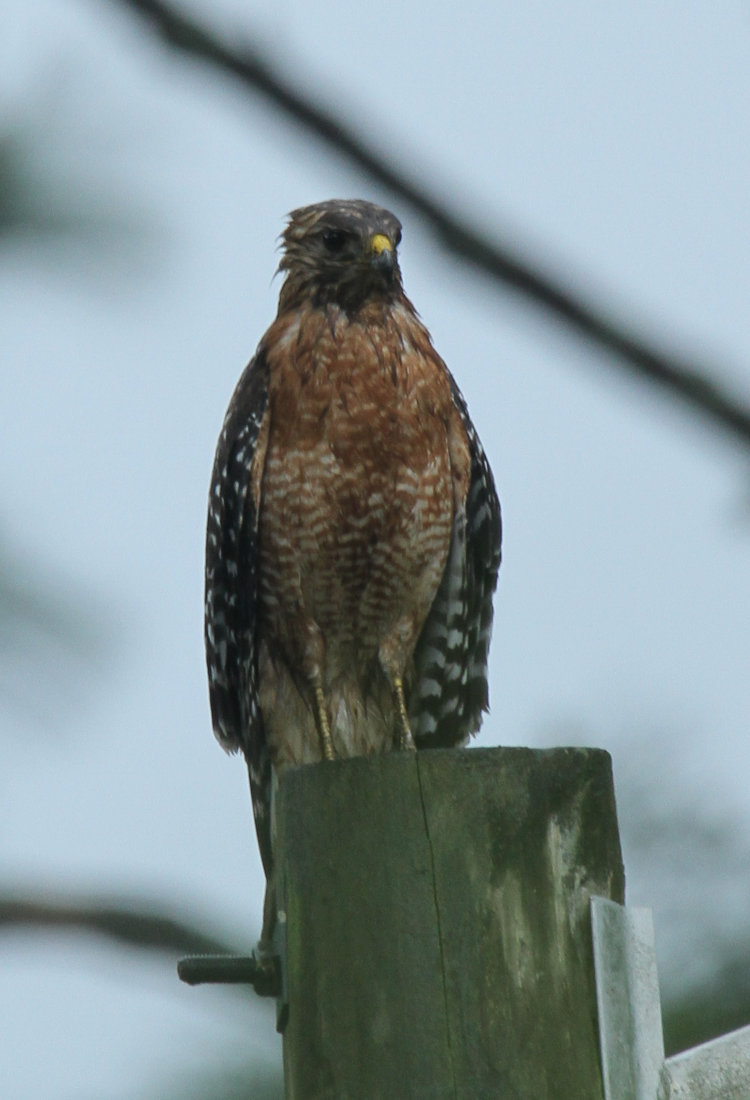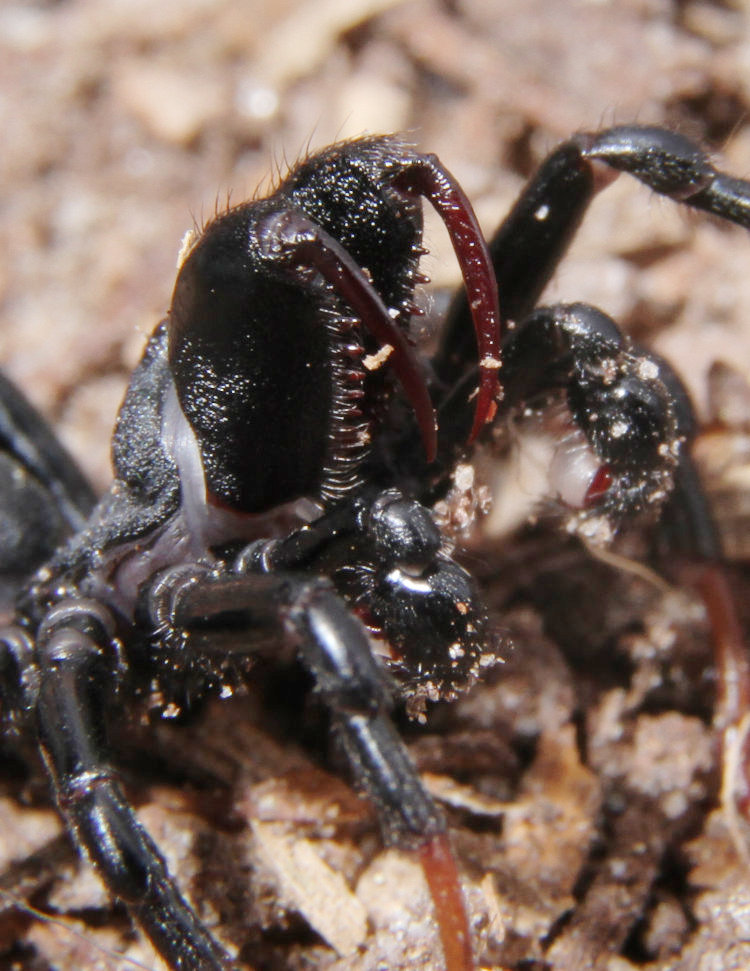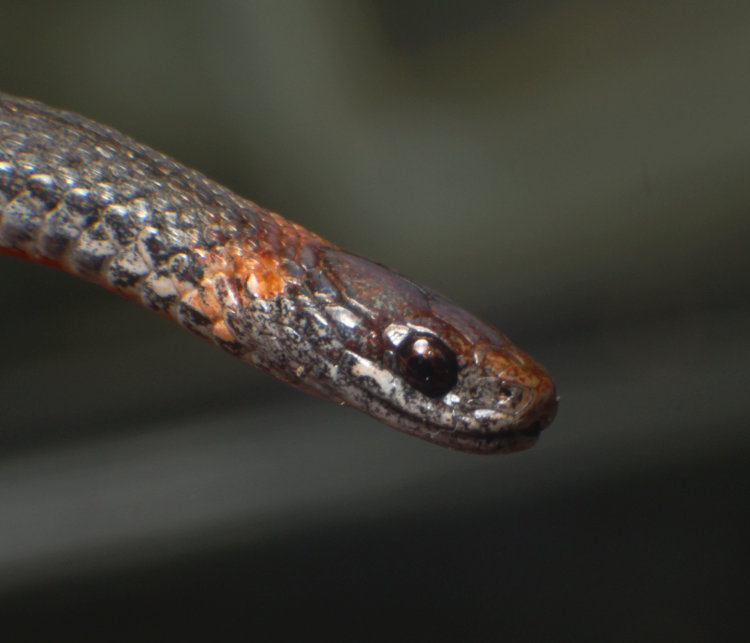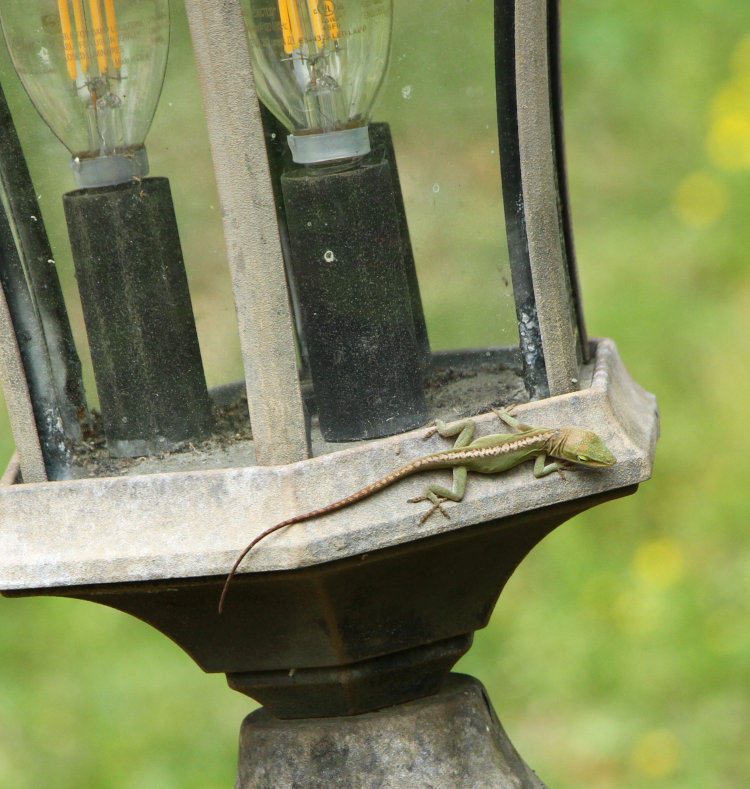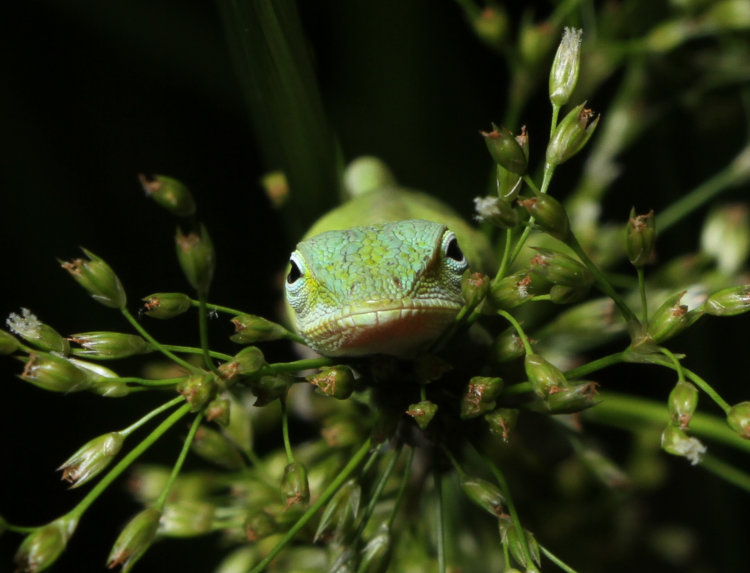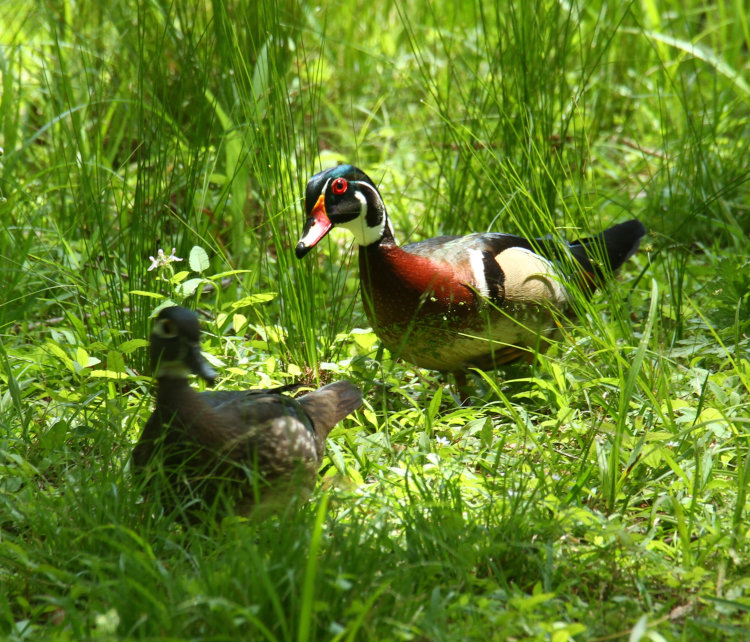Well, not like a convention of reptiles…
First off, this serves as your reminder that Endangered Species Day is Friday, May 23rd (the third Friday in May,) which also falls on World Turtle Day, always the 23rd of May. No cheating and using an endangered turtle to celebrate both in one go, unless you actually can, and then go for it.

The example photo here is actually an endangered species, an axolotl (Ambystoma mexicanum,) a neotenic salamander species found in the wild only in three locations near Mexico City, Mexico. However, there is an active captive breeding industry around them, largely because they have the ability to regenerate injuries, including entire limbs, and so they are maintained for lab research, and the exotic pet industry exclusively uses former lab axolotls as their breeding stock. The one seen here is a specimen from Carolina Axolotls, and did not go home with me though I have been waiting to adopt one for a while now.
But that springboards us into the main topic, which is, I spent some time last Saturday at the Mid Atlantic Reptile Expo over in Greenville, responsible for adding to my photo backlog tremendously, which we will alleviate here a bit more.

This is a false water cobra (Hydrodynastes gigas,) a South American native that was not just docile, but quite inquisitive and ‘friendly,’ even though I typically don’t like giving mistaken impressions of species by using such terms. She extended over to greet me without hesitation and had no issues with handling, and indeed tried to shift over onto me – I was fine with it, but it made getting photos a little tricky.

I found out afterward that they do indeed have a weak venom, making it a little surprising to find openly in a crowded convention hall, but they’re a rear-fanged species and it generally takes a protracted, chewing bite for such to inflict venom, and this one wasn’t the least bit inclined – they’re actually considered good pets.
[This was early in my photography efforts for the day and the ISO was still a little too low to ensure sharp pics – they get better after this.]
On the other hand, we had some like this:

Green tree pythons (Morelia viridis) are known to be a bit grumpy and not a mellow, easy-to-handle snake, and those from Biak (an island in New Guinea) are reportedly more so – this one was not coming out to play. Unlike another example from the same vendor.

This, I believe, is an emerald tree boa (Corallus caninus,) but I did not confirm this; despite the resemblance, these two are not closely related. Not large as far as emerald tree boas go, the head was only about 25mm in width, and while it posed nicely for the portrait, it was less cooperative in allowing me to snag the tongue extended, ceasing such activity as soon as I was focused. Eventually, through several tries and waving my fingers closer to its face (provoking its curiosity,) I managed to catch it.

I understand why a lot of people find such poses and appearances menacing, but this one was only inquisitive and quite calm, just wanting to explore. Like most species of anything, if they’re not threatened, they’re not defensive, and will behave in placid manners, though temperaments vary from species to species – some will feel threatened easily, or respond more vigorously, but this isn’t meanness or aggression, just how they evolved to handle their environments and risks.
Some are shy.

Ball pythons (Python regius) are perhaps the most common of the exotic snake trade, and indeed there were dozens if not hundreds at the expo. This one had recently been purchased by the holder and was a little overwhelmed with the activity, nestling down and staying protected. I had a ball python for a while, and they really are mellow and easy to handle. But overall, I’ve given up on having snakes as pets, mostly because they’re more a conversation piece than anything interesting or fun to have. With a good one, you can take it out for handling, maybe even walk around in public with it, but that’s all they do.
[I’m not expecting more from an axolotl, mind you, but it’ll be a photo subject and educational and study specimen, and I’m still a little on the fence about that, too.]
Others are very ‘outgoing,’ though.

I never found out the variety of hognose snake that this is, but it’s likely a captive-bred color morph, since that’s exceedingly common in the trade, and countless examples of such (mostly ball pythons) were in evidence. Despite the menacing appearance and the sharp nose, this one was super calm and curious, related by the vendor as being their most mellow specimen – since this was the same vendor as the false water cobra, that’s decent praise. As you can tell from the hand in the background, this is a much smaller specimen than the cobra.
And there were some other species.

Scorpions – to the best of my knowledge, all species – fluoresce under ultraviolet light, a trait I’ve been wanting to capture in images for years now; this doesn’t count, since they’re captive. We do have one or two species to be found a state or two further south from here, but my explorations have yet to unearth one. I don’t know the species and they appear on several different continents, but these look like the large desert scorpions of the southwest US. Curiously, those large, black specimens have a relatively weak venom, about like a beesting, while some tiny little, semi-translucent species found in some countries of the middle east can inflict a near-fatal sting.

I didn’t note all of the species there, forgetting to snap the identifiers on some of the terrariums, so I don’t know what this is. I also had to do color-corrections for the wildly mixed lighting of the convention hall and individual heat lamps and so on – this should be reasonably accurate, at least much better than the original.

Same with this chameleon species – it’s confusing until you locate its eye. I could be talked into getting a chameleon, I’m sure – they’re just too bizarre, and generally pretty inquisitive while moving like they’re made of balky robotics.

These were listed as red iguanas, but on looking them up, they appear to be the same species as green iguanas (Iguana iguana,) so I’m guessing they’re a captive-bred color morph. If so, they’ll likely get a hell of a lot bigger than this. Iguanas do tend to be gregarious among their own species and will often pile together in nice heat sources.

This was listed as a Nile monitor (Varanus niloticus,) and if so, it’ll get a lot bigger than this too, even bigger than the iguanas – perhaps over two meters in length. I didn’t ask about this, however, and not only is the average smaller (yet still over a meter,) it’s possible that they grow only to fit both their feeding habits and available enclosure. Still, not a species for a 20-gallon terrarium, even if they do have nice markings.
Now, all of that was part one, because part two began on the same day after arriving back home. I was in the bathroom off of Walkabout Studios when I heard a rustling right outside the window. All of the photos from here on were taken with the smutphone – I know, I know, but I had to. You’ll understand why in a moment.

Walkabout Studios is a basement office, and half below grade, so the window is right at ground level, and this rustling was right alongside my ear as I sat there. As soon as I was able, I scooted outside to confront my subject here, who was trapped in the corner against the retaining wall and made repeated attempts to escape through the glass into the bathroom. I managed to get a good hold of it without getting bitten, and thus do a nice photo session, albeit one-handed.

This is a red-bellied water snake (Nerodia erythrogaster,) and final vindication of my efforts, though this was obtained by accident. You see, we are now in what I consider to be a prime location for water snakes, including cottonmouths, and I’ve been keeping a careful eye out for them, making several minor expeditions around the pond at night to try and locate them; it’s been frustrating that I hadn’t yet seen one, save for a tiny specimen a couple of weeks back. This one, a different but related species, is the largest example of red-bellied that I’ve seen, and the first I’ve handled – also possibly the largest water snake of any species that I’ve handled. That I found it a decent distance from the water while I wasn’t looking is somewhat ironic, but there you go.

I’m familiar with the northern and banded water snakes and know they’ll bite at the slightest provocation, but wasn’t sure if this extended to the red-bellied or not; the circumstances of its capture prevented it from making any attempt, since it ducked its head under a coil of its body just as I was making the grab, and so it never had a clear shot. Here, as the smutphone loomed close for the portrait, it demonstrated that it was indeed prepared to savage me – it’s being held with adequate firmness but not tightly, and this was a momentary strike (while unable to lunge) that coincided with my snapping the pic. I was also smeared with feces, a common defensive trait of snakes.

There’s another defensive trait visible here that I don’t (yet) have a comparison image to show distinctly, but water snakes (among others) will extend their upper jaws wider when threatened, flattening out their heads to appear broader – you can see how the cheekbones are much wider than the eyes. When relaxed, the head will appear much narrower than this. Whether this is to mimic a venomous pit viper, like both the cottonmouth and copperhead, or simply to appear larger, I can’t say. But at least the smutphone produced decent sharpness, unlike the next photo.

Timing smutphone pics is a lot harder than with a real camera, but a real camera is a lot harder to juggle with one hand full of defensive snake. I’m pleased that I did manage to capture the tongue extended (the snake calming down just a tad,) but naturally the phone’s focus wandered at that moment, because what the hell else was there to focus on?
After this session, I released the snake back were I’d captured it, where it sat and watched me warily for several moments, unconvinced that I wasn’t done fooling around. But it rounded out the day nicely, so I was pleased. And unscathed (well, except for the feces) – can’t argue with that.


















































































